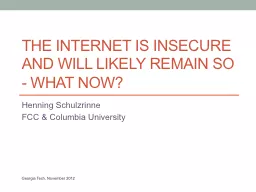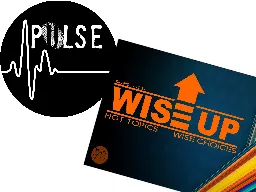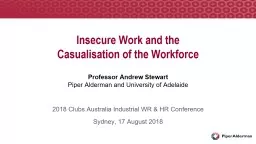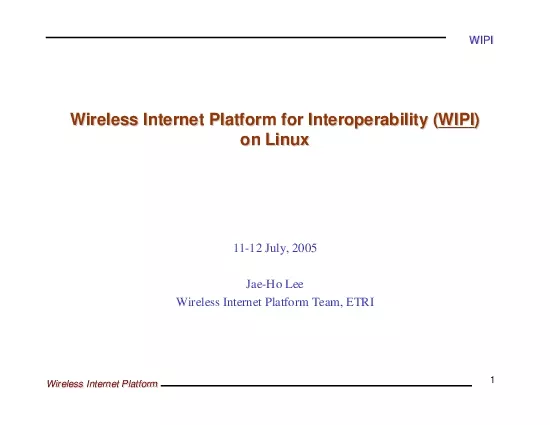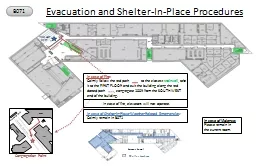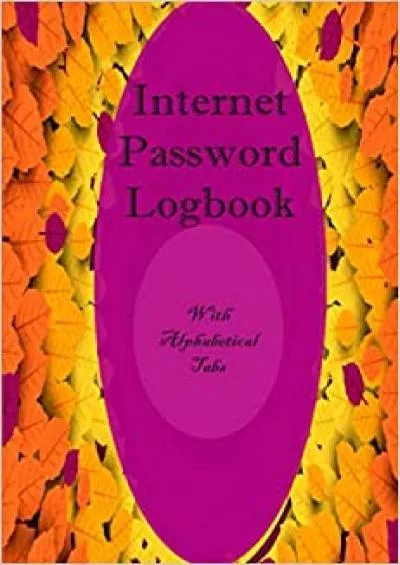PPT-The Internet is Insecure and Will Likely Remain So - What n
Author : giovanna-bartolotta | Published Date : 2016-05-14
Henning Schulzrinne FCC amp Columbia University Georgia Tech November 2012 Who am I talking to 2 Overview Security fallacies Stop blaming and educating users Reduce
Presentation Embed Code
Download Presentation
Download Presentation The PPT/PDF document "The Internet is Insecure and Will Likely..." is the property of its rightful owner. Permission is granted to download and print the materials on this website for personal, non-commercial use only, and to display it on your personal computer provided you do not modify the materials and that you retain all copyright notices contained in the materials. By downloading content from our website, you accept the terms of this agreement.
The Internet is Insecure and Will Likely Remain So - What n: Transcript
Download Rules Of Document
"The Internet is Insecure and Will Likely Remain So - What n"The content belongs to its owner. You may download and print it for personal use, without modification, and keep all copyright notices. By downloading, you agree to these terms.
Related Documents

